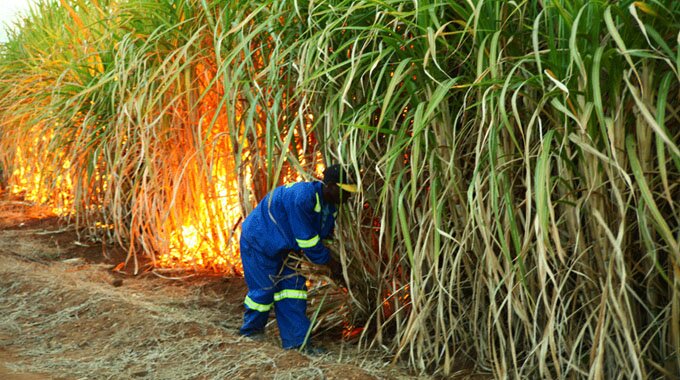Golden Sibanda
After Covid-19 dampened investor appetite in the majority of assets and investment options globally, Zimbabwe should seize the opportunity and optimise the production of in-demand gold to boost earnings amid record-high prices.
Calls have been made for Zimbabwe, which faces a critical shortage of hard currency that has caused exchange rate volatility and driven up inflation, to ramp up gold output and exports.
Investors tend to buy gold and silver during periods of rising economic uncertainty, such as posed by Covid-19, but switch to riskier assets such as stocks when they see signs of stability and growth.
Gold prices have fallen below the US$1 900 an ounce level after a record-breaking rally, as investors reassessed their positions on account of a firming US dollar.
The price of gold first showed good prospects after increasing by an average of 23,8 percent in 2020 compared to the first four months of 2019, owing to increased demand from investors seeking a safe haven to hedge against the impact of Covid-19.
The Bank of America has projected gold to rise to US$3 000 an ounce and this could cushion Zimbabwe from dampened demand and prices of its other minerals.
With production across all other sectors already constrained, even before the Covid-19 pandemic set in, Zimbabwe can grow its foreign exchange earnings if it could boost bullion production, which has recently trended down.
Gold is Zimbabwe’s single largest export followed by tobacco and together with platinum, the minerals account for over 60 percent of the country’s annual export earnings after raking in US$1,3 billion in 2019.
Gold deliveries for the month of June came in at 1,5 tonnes which were a 32 percent decline on 1,5 tonnes achieved in May which marginally shy of a record 2 year low of 1,4 tonnes achieved in November 2018.
Zimbabwe’s gold deliveries to Fidelity Printers and Refiners (FPR) for the first quarter of 2020 dropped 12,3 percent to 5 721,71 tonnes compared to 6 523,49 tonnes delivered in the same period last year.
The Zimbabwe Economic Policy Analysis and Research Unit say the country should seize one of only a few silver linings of Covid-19 if it boosted bullion production amid the high prices.
Despite gold deliveries to Fidelity Printers and Refiners closing the year at a record high 33,3 tonnes in 2018, the year 2019 resulted in a 16,9 percent decline in deliveries to about 27,7 tonnes
“Gold prices are predicted to firm in 2020 as investors consider gold as a safe haven. In this regard, it is imperative for Zimbabwe to boost gold production and curb smuggling of the precious mineral to boost export revenues,” ZEPARU noted.
Chamber of Mines of Zimbabwe chief executive Isaac Kwesu said last week that although gold had registered record-high prices after the outbreak of coronavirus, the pandemic had brought new constraints that have depressed production.
A comparison between the first four months of 2018, 2019, and 2020 shows that gold deliveries have been falling from about 10,2 tonnes in 2018 to 8,65 tonnes and 7,18 tonnes in 2019 and 2020, respectively.
This is because small-scale miners are struggling to source critical consumables such as explosives during the Covid-19 induced lockdown.
The small miners account for the bulk of annual output, accounting for 63 percent of deliveries in 2019. The outlook for platinum, Zimbabwe’s second-largest mineral export earner, is also bright given the implementation of stricter emissions standards in China and India, and the associated higher metal loadings per vehicle.
“The WPIC further predicts that platinum is expected to reflect a materially higher value
over the next 18 months due to Covid-19 as investors prefer to invest in physical assets and precious metals to guard against increased global risk,” ZEPARU
said.
– HERALD


